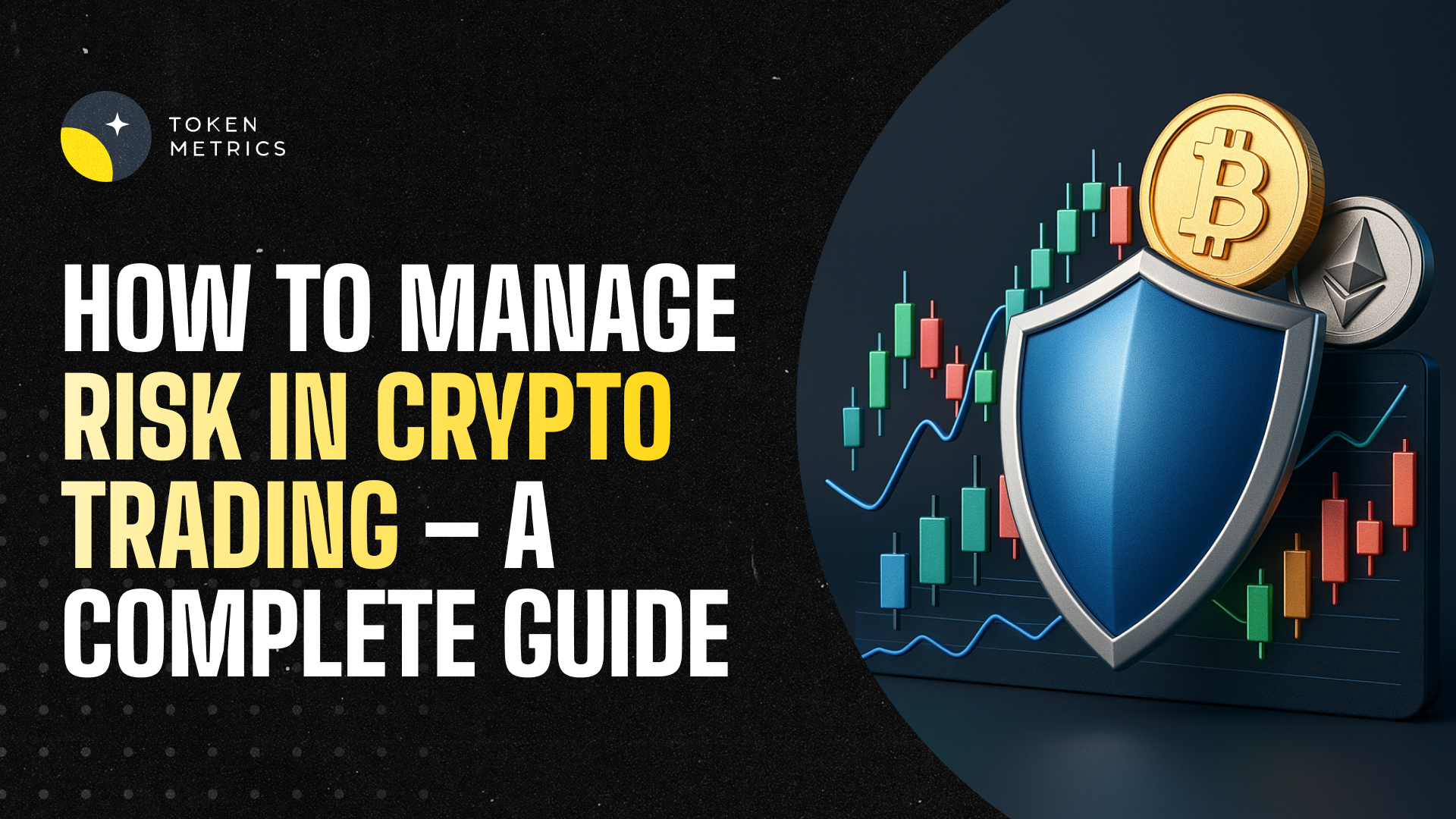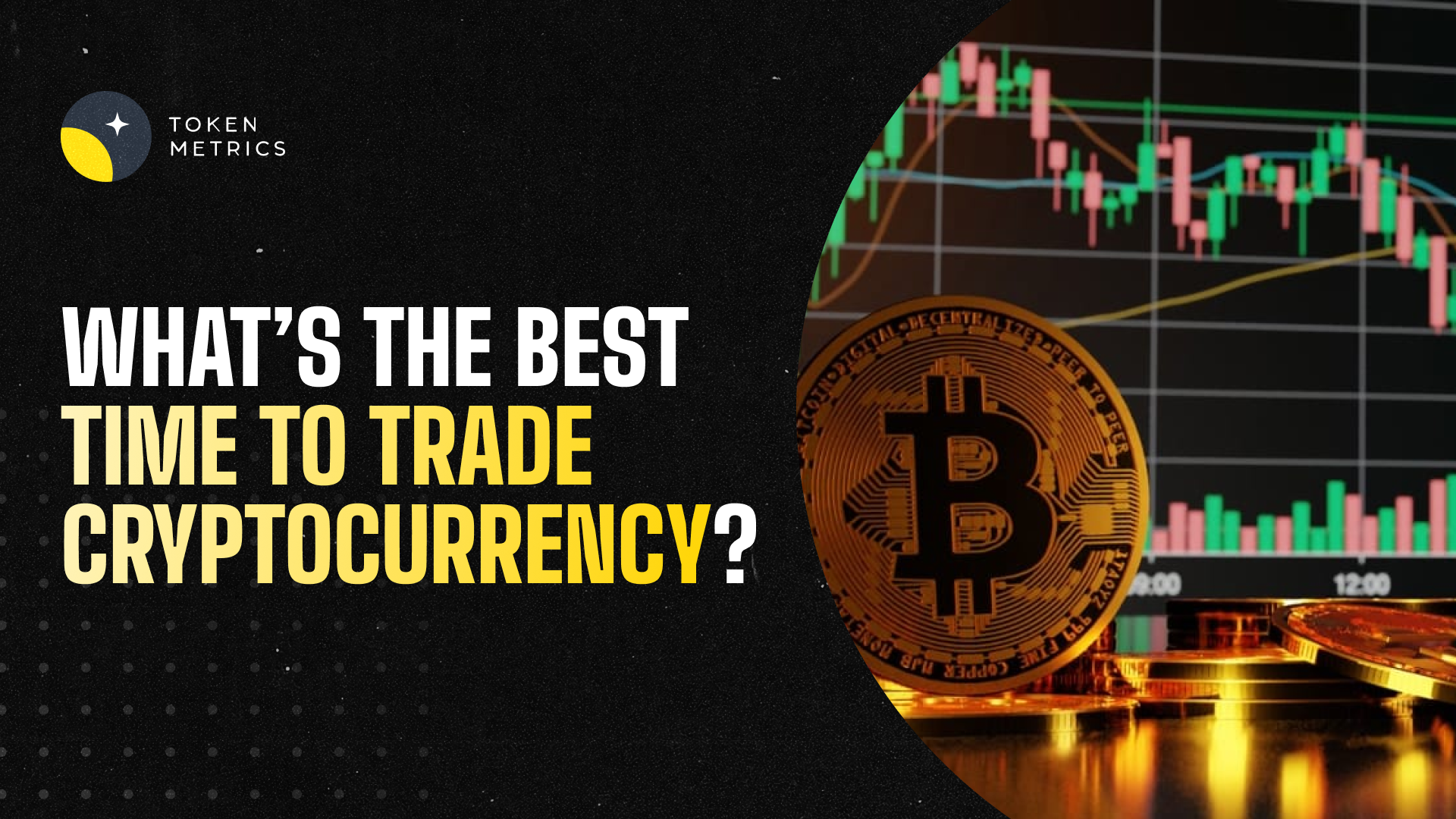
Practical Guide to Claude API Integration

The Claude API is increasingly used to build context-aware AI assistants, document summarizers, and conversational workflows. This guide breaks down what the API offers, integration patterns, capability trade-offs, and practical safeguards to consider when embedding Claude models into production systems.
Overview: What the Claude API Provides
The Claude API exposes access to Anthropic’s Claude family of large language models. At a high level, it lets developers send prompts and structured instructions and receive text outputs, completions, or assistant-style responses. Key delivery modes typically include synchronous completions, streaming tokens for low-latency interfaces, and tools for handling multi-turn context. Understanding input/output semantics and token accounting is essential before integrating Claude into downstream applications.
Capabilities & Feature Surface
Claude models are designed for safety-focused conversational AI and often emphasize instruction following and helpfulness while applying content filters. Typical features to assess:
- Instruction clarity: Claude responds robustly to explicit, structured instructions and system-level guidelines embedded in prompts.
- Context handling: Larger context windows enable multi-turn memory and long-document summarization; analyze limits for your use case.
- Streaming vs batch: Streaming reduces perceived latency in chat apps. Batch completions suit offline generation and analytics tasks.
- Safety layers: Built-in moderation and safety heuristics can reduce harmful outputs but should not replace application-level checks.
Integration Patterns & Best Practices
Designing a robust integration with the Claude API means balancing performance, cost, and safety. Practical guidance:
- Prompt engineering: Build modular prompts: system instructions, user content, and optional retrieval results. Keep system prompts explicit and version-controlled.
- Context management: Implement truncation or document retrieval to stay within context limits. Use semantic search to surface the most relevant chunks before calling Claude.
- Latency strategies: Use streaming for interactive UI and batch for background processing. Cache frequent completions when possible to reduce API calls.
- Safety & validation: Post-process outputs with rule-based checks, content filters, or secondary moderation models to catch hallucinations or policy violations.
- Monitoring: Track token usage, latency percentiles, and error rates. Instrument prompts to correlate model changes with downstream metrics.
Primary Use Cases and Risk Considerations
Claude API use cases span chat assistants, summarization, prompt-driven code generation, and domain-specific Q&A. For each area evaluate these risk vectors:
- Hallucination risk: Models may fabricate facts; rely on provenance and retrieval augmentation when answers require accuracy.
- Privacy: Avoid sending sensitive personal data unless contract and data processing terms explicitly permit it.
- Regulatory exposure: For regulated domains (health, legal, finance) include human oversight and compliance review rather than treating outputs as authoritative.
- Operational cost: Longer contexts and high throughput increase token costs; profile realistic workloads before scaling.
Tools, Libraries, and Ecosystem Fit
Tooling around Claude often mirrors other LLM APIs: HTTP/SDK clients, streaming libraries, and orchestration frameworks. Combine the Claude API with retrieval-augmented generation (RAG) systems, vector stores for semantic search, and lightweight caching layers. AI-driven research platforms such as Token Metrics can complement model outputs by providing analytics and signal overlays when integrating market or on-chain data into prompts.
Build Smarter Crypto Apps & AI Agents with Token Metrics
Token Metrics provides real-time prices, trading signals, and on-chain insights all from one powerful API. Grab a Free API Key
FAQ — What is the Claude API?
The Claude API is an interface for sending prompts and receiving text-based model outputs from the Claude family. It supports completions, streaming responses, and multi-turn conversations, depending on the provider’s endpoints.
FAQ — How do I manage long documents and context?
Implement a retrieval-augmented generation (RAG) approach: index documents into a vector store, use semantic search to fetch relevant segments, and summarize or stitch results before sending a concise prompt to Claude. Also consider chunking and progressive summarization when documents exceed context limits.
FAQ — How can I control API costs?
Optimize prompts to be concise, cache common responses, batch non-interactive requests, and choose lower-capacity model variants for non-critical tasks. Monitor token usage and set alerts for unexpected spikes.
FAQ — What safety measures are recommended?
Combine Claude’s built-in safety mechanisms with application-level filters, content validation, and human review workflows. Avoid sending regulated or sensitive data without proper agreements and minimize reliance on unverified outputs.
FAQ — When should I use streaming vs batch responses?
Use streaming for interactive chat interfaces where perceived latency matters. Batch completions are suitable for offline processing, analytics, and situations where full output is required before downstream steps.
Disclaimer
This article is for educational purposes only and does not constitute professional, legal, or financial advice. It explains technical capabilities and integration considerations for the Claude API without endorsing specific implementations. Review service terms, privacy policies, and applicable regulations before deploying AI systems in production.

.svg)

Create Your Free Token Metrics Account

.png)




%201.svg)
%201.svg)


%201.svg)

















.svg)




.png)